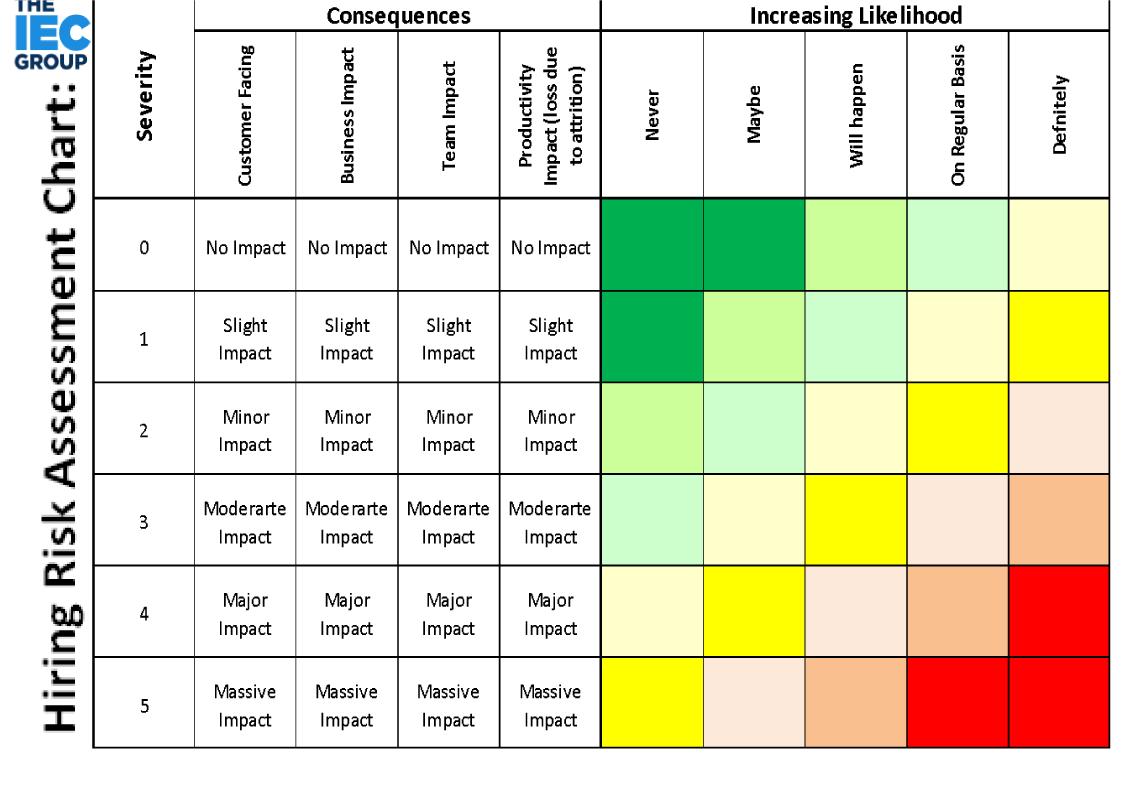Navigating Attrition, Cultural Hurdles, and Team Dynamics in cheaper markets like India. What’s the Bottom Line Benefit?
In the first half of 2022, India experienced a notable surge in attrition rates, reaching 20.3%, up from 6% in 2020, as reported by a survey conducted by global professional services firm Aon Plc.
This significant increase follows the two-year Covid-induced lockdown, reigniting discussions about the “great resignation” phenomenon witnessed globally.
The term ‘great resignation’ gained prominence over the past year as the job market reopened in the post-pandemic era, leading to substantial employee departures, particularly in technology companies, even as businesses aimed to return to normalcy.
Notably, approximately 60% of employees in India expressed readiness to accept lower salaries in exchange for an improved work-life balance. The survey highlighted India as having the highest percentage of employees planning to quit their current jobs, surpassing other countries like Indonesia, the Philippines, and Malaysia.
Several factors contribute to the higher attrition rates in India, including external and internal inequities in compensation, limited growth opportunities, and the nature of work. The survey outlined that the increasing rate of employee attrition from 2021 to 2022 could be attributed to factors such as hostile managers or work environments. Employees leaving for higher education reduced in 2022 compared to 2021, while concerns about job security saw a decrease as well. However, employees quitting for a better work-life balance increased in 2022 compared to the previous year.
The impact of attrition is felt across various sectors, with E-commerce experiencing the highest loss of employees at 28.7%, followed by Professional Services (25.7%), Financial Institutions (24.8%), Hi-Tech/Information Technology (21.5%), and IT Enabled Services (21.4%). In contrast, sectors like Engineering Services, Chemicals, Automotive or Vehicle Manufacturing, Engineering Manufacturing, and Metals and Mining witnessed comparatively lower attrition rates.
To combat the challenge of attrition, companies are expected to increase salaries, with the survey projecting a 10.4% salary increase in 2023, slightly down from the actual increase of 10.6% in 2022. Technology-related sectors, grappling with the highest volatility and the impact of global economic uncertainty, lead in projected salary increases. E-commerce is anticipated to have the highest increase at 12.8%, followed by startups (12.7%), hi-tech/information technology, and information technology-enabled services (11.3%), and financial institutions (10.7%).
This increased salary trend reflects a strategic effort to minimize employee attrition and underscores the broader economic uncertainty faced by countries emerging from a pandemic while navigating geopolitical challenges.
Hiring in India can provide measurable and economical benefits for businesses. Some key points include:
Cost Savings:
- Labor Costs: India often offers lower labor costs compared to many Western countries, allowing companies to achieve significant cost savings.
- Operational Expenses: Reduced operational expenses, such as office space and utilities, contribute to overall cost-effectiveness.
Skilled Workforce:
- India has a vast pool of skilled professionals, especially in fields like information technology, engineering, finance, and healthcare.
- A well-established education system produces a steady stream of qualified graduates.
English Proficiency:
- English is widely spoken and understood, making communication more accessible for international businesses.
- This language proficiency is crucial for roles involving customer service, technical support, and global collaboration.
Time Zone Advantage:
- India’s time zone allows for extended work hours that overlap with both the European and American business hours. This facilitates real-time collaboration and faster project turnaround.
Innovation and Technology:
- India has become a hub for innovation and technology, with a thriving startup ecosystem and a growing number of tech-savvy professionals.
- Access to cutting-edge technology and solutions can contribute to business growth and competitiveness.
Tax Benefits and Incentives:
- The Indian government provides various tax benefits and incentives for businesses, particularly in sectors like technology and research and development (R&D).
Outsourcing Opportunities:
- Outsourcing non-core functions to Indian service providers can lead to additional cost savings and operational efficiency.
Global Business Expansion:
- Establishing a presence in India can open doors to a vast and dynamic market, facilitating global business expansion.
It’s essential for businesses to carefully assess their specific needs, objectives, and the regulatory landscape to maximize the benefits of hiring in India.
While there are many advantages to hiring in India, it’s important to consider potential disadvantages and risk factors:
Cultural Differences:
- Variations in work culture and communication styles may lead to misunderstandings and challenges in team collaboration.
Infrastructure Challenges:
- Some regions in India may face infrastructure challenges, including unreliable power supply and transportation issues, which can impact operations.
Data Security Concerns:
- Data security and privacy concerns may arise due to differences in regulations and potential challenges in enforcing strict security measures.
Turnover Rates:
- High turnover rates in certain industries or job markets can result in recruitment and training costs, impacting business continuity.
Intellectual Property Risks:
- Concerns about intellectual property protection may arise, and companies need to implement robust strategies to safeguard their innovations and sensitive information.
Legal and Regulatory Compliance:
- Navigating complex legal and regulatory frameworks requires diligence to ensure compliance with local laws, especially in areas such as labor laws and taxation.
Quality Control Challenges:
- Maintaining consistent quality in deliverables can be a challenge, particularly if there are differences in standards or expectations.
Time Zone Differences:
- While the time zone can be an advantage, it can also pose challenges in terms of coordinating meetings and ensuring real-time collaboration with teams in other parts of the world.
Political and Economic Stability:
- Like any country, India may experience political or economic uncertainties that can impact business operations and investments.
Communication Barriers:
- Despite English proficiency, language nuances and accents may lead to miscommunications, affecting the clarity of instructions and project understanding.
Customer Perception:
- Negative impacts on hiring in India or other low-cost countries can be particularly pronounced in customer-facing roles due to communication barriers. The severity of these impacts varies significantly based on the country’s acceptance and the characteristics of the target audience.
To mitigate these risks, companies should conduct thorough research, establish clear communication channels, implement robust contracts, and consider partnering with experienced advisors. Having a comprehensive strategy is paramount when considering hiring in India or any country perceived as offering cost advantages.
This strategy should meticulously address both the potential advantages and the challenges associated with sourcing labor from these regions. The attached risk assessment chart should help to get a first quick view on it.
Hiring Risk Assessment Chart:


Factors | Country A (high cost labour) | Country B (low cost labour) |
Time (years) – t | 3 | 3 |
Salary – s | 80.000 | 50.000 |
Salary increases – i | 0,05 (5%) | 0,10 (10%) |
Hiring Cost – h | 24.000 | 15.000 |
Attrition Rate – a | 0,05 (5%) | 0,20 (20%) |
Quality of work – q | 1,0 | 0,9 |
Productivity – p | 1,0 | 0,8 |
Business Loss / Danger – b | 1,0 | 1,2 |
Customer & Team impact – c | 1,0 | 1,4 |
Total cost in 3 years | 264.000 | 278.571 |
Country A: 80.000 x (1 + 0,05 + 0,05) x 3 x 1,0 x 1,0 / 1 – (1,0 + 1,0) = 80.000 x 3,3 / 1,0* = 264.000
Country B: 50.000 x (1 + 0,10 + 0,20) x 3 x 1,2 x 1,4 / 1- (0,9 + 0,8) = 50.000 x 3,9 / 0,7* = 278.571
* If the risk factors “Business Loss + Customer Team Impact” from Country B have zero difference to Country A and therefore would be a 1,0 each, the total cost comes to only 195.000 for Country B.


